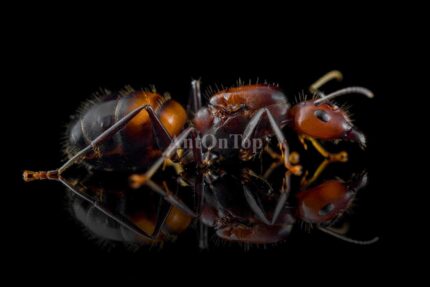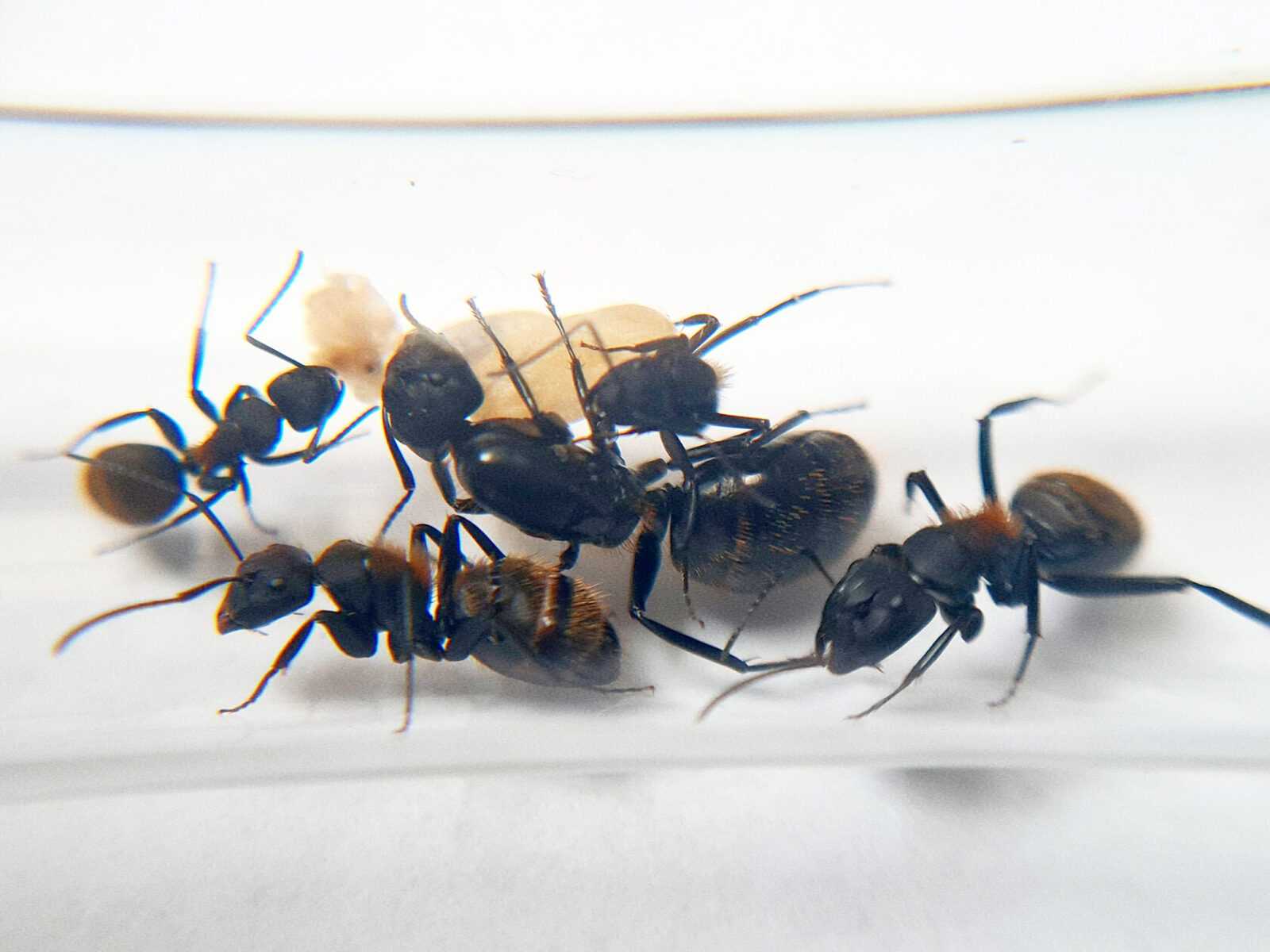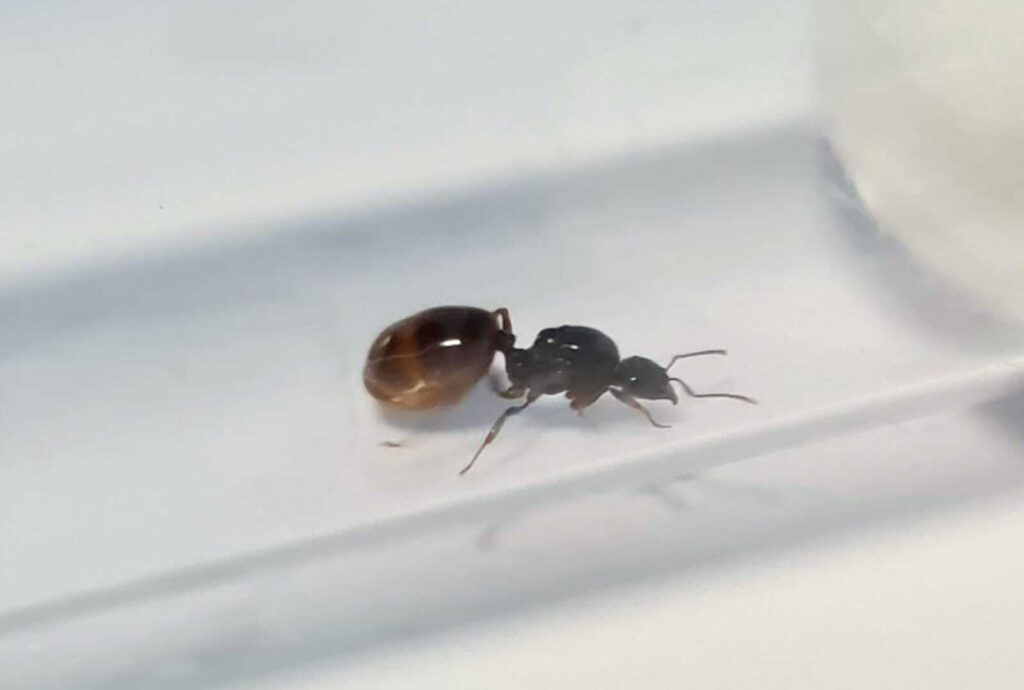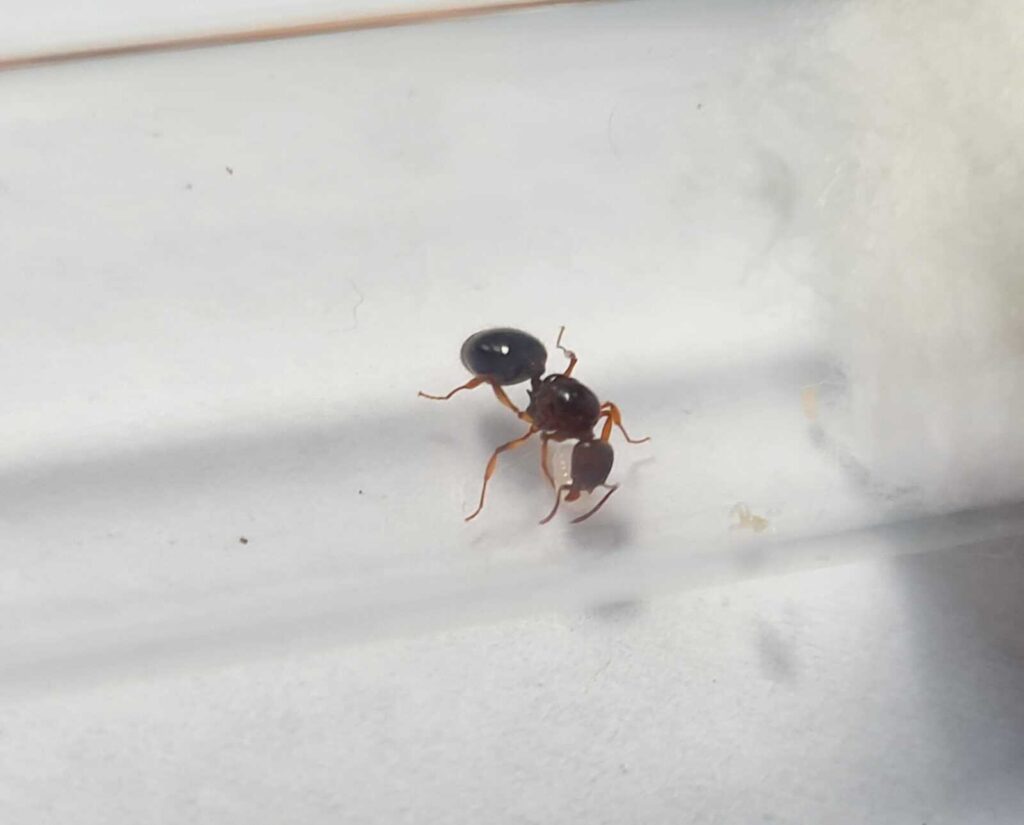

Camponotus nossibeensis
89,90 zł – 129,90 zł
Worldwide shipping
Free delivery over 500 PLN
The highest quality of goods
Live delivery guarantee
24/7 Personal Support
Fair Prices
Description
Camponotus nossibeensis is a monogyny ant species with colony sizes ranging from 3000 to 5000 workers. They have a very fast development speed. The queen measures 15-17 mm, workers 6.5-9 mm, and majors 10-13 mm. They are black in color with golden hair covering their bodies. They primarily feed on insect food, syrup, fruit, and vegetables.
Additional information
| Behavior | |
|---|---|
| Difficulty in breeding | |
| Origin | |
| The size of ants | |
| Wintering |
Camponotus Nossibeensis: The Perfect Addition to Your Ant Colony
Are you looking for a new and fascinating addition to your ant colony? Look no further than Camponotus Nossibeensis! With its unique characteristics and impressive colony size, these ants are sure to be a valuable asset to your collection. Let’s explore the many benefits of owning Camponotus Nossibeensis and how to provide them with the best care possible.
Colony Characteristics
Colony Type: Monogyny
Colony Size: Up to 5000 workers
Development Speed: medium
Size and Appearance
- Queen: 15-17mm
- Workers: 6-9mm
- Majors: 9-13mm
As for their appearance, these ants are primarily black, but the entire body is covered with beautiful golden hairs, giving them a distinct and striking look.
Nutrition
- Food insects (such as cockroaches and crickets) dead, or live if colony is big
- Syrup (a mixture of water and honey or sugar, with a ratio of 4/3 water:1)
- Fruits and vegetables
- Jelly
- Cooked chicken without salt, shrimps
- Honey
Humidity and Temperature Requirements
- Humidity: Arena: 30-50%, Nest: 40-60%
- Temperature: Arena: 21-35 °C, Nest: 24-28 °C
Recommended Nests
Choosing the right nest for your Camponotus Nossibeensis is essential for their well-being and optimal development. We recommend using nests made of acrylic, cork, gypsum, or aerated concrete. These materials provide the necessary insulation and space for the colony to flourish.









